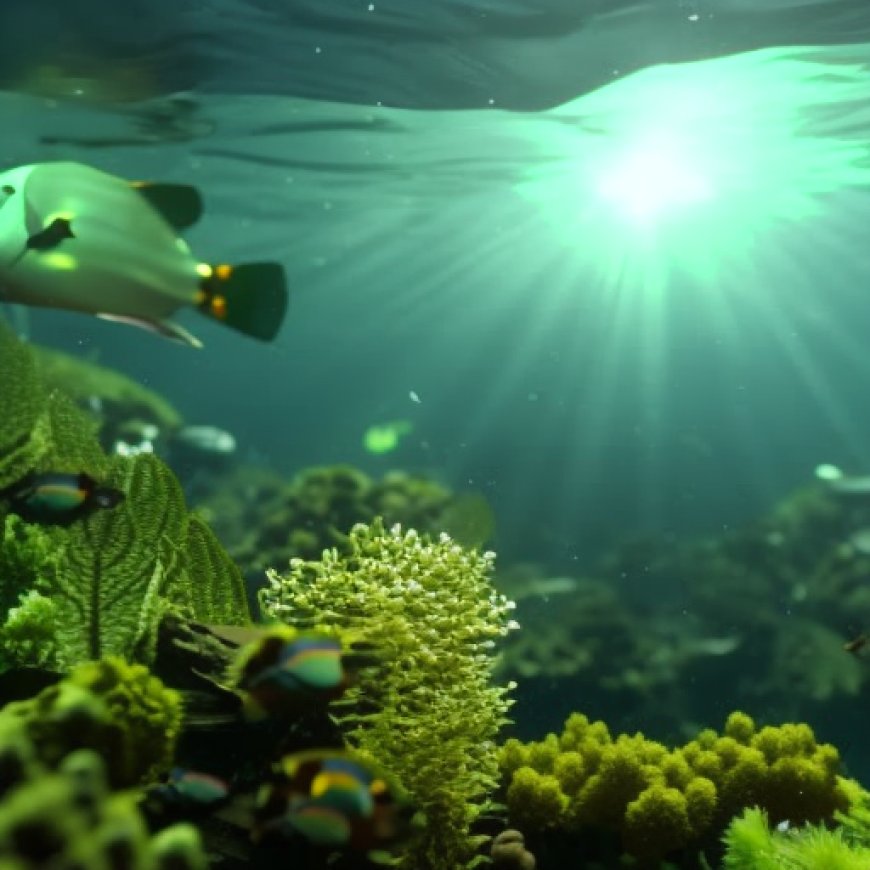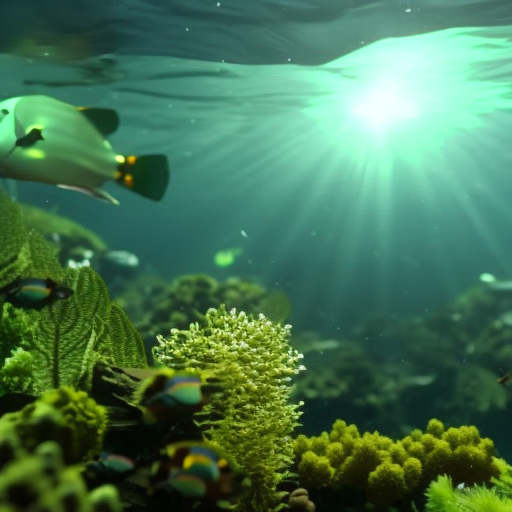Breathing new LIFE into Europe’s aquatic ecosystems
Breathing new LIFE into Europe's aquatic ecosystems CINEA


The XVII European Congress of Ichthyology
The XVII European Congress of Ichthyology, held at the Czech University of Life Sciences in Prague, Czech Republic, drew ichthyologists from all over Europe and the world. Amongst these were 10 LIFE projects, which presented cutting-edge solutions designed to improve the conservation status of threatened freshwater fish species. The LIFE symposium was centred on three themes: control of alien and invasive species, protection of threatened species and actions to protect neglected fish species.
The Significance of the LIFE Programme
The LIFE Programme recognises the significance of safeguarding freshwater species and delivers innovative solutions to do so. Since 1992, more than 180 LIFE projects have targeted 65 per cent of eligible freshwater fish. By mobilising more than EUR 400 million, the Programme has become a key player in the conservation of several European fish species.
LIFE and Invasive Species
Among the remarkable projects presented at the Congress was LIFE Predator. It aims to halt the spread of the invasive wels catfish (Silurus glanis), which has out-competed native fish in several South European countries. The project uses early warning detection systems and selective capture methods to prevent, detect and combat the spread of the wels catfish within lakes and reservoirs in southern Europe. In addition, LIFE Predator recognises the importance of public awareness campaigns for achieving its goals and aims to ‘reach over a million people’ through such events, explains Pietro Volta, coordinator of LIFE Predator.
LIFE and Endangered Species
Also highlighted was LIFE GrayMarble, which focuses on the Critically Endangered marble trout (Salmo marmoratus) and the Adriatic grayling (Thymallus thymallus) in the Dora Baltea catchment in north-western Italy. The two species – threatened by habitat fragmentation and shifts in water flow patterns – are benefiting from improved hatcheries, removal of barriers and habitat protection. ‘To improve habitat quality, the project aims to remove or provide with fish passages 17 barriers, with the aim of reconnecting a 20 km long stretch of the River Dora Baltea,’ explains Alessandro Balestrieri, coordinator for LIFE GrayMarble.
LIFE and Neglected Species
Certain fish species are not receiving enough conservation attention and are not being addressed by recovery measures. The Mediterranean trout (Salmo cettii), primarily found in small mountain streams in Italy, faces threats from habitat modification, pollution and non-native species. LIFE Streams is dedicated to its recovery and conservation by identifying pure wild populations, eradicating alien populations and translocating native trout.
The European Congress of Ichthyology underscored the urgent need to tackle the declining conservation status of European freshwater fish. The LIFE projects and their innovative solutions showcased there offer a glimmer of hope for the future of these crucial freshwater fish. They are essential not only for the survival of these species but also for the overall health and resilience of Europe’s aquatic ecosystems.
Find out more:
SDGs, Targets, and Indicators
1. Which SDGs are addressed or connected to the issues highlighted in the article?
- SDG 14: Life Below Water – This goal focuses on conserving and sustainably using the oceans, seas, and marine resources.
- SDG 15: Life on Land – This goal aims to protect, restore, and promote sustainable use of terrestrial ecosystems, sustainably manage forests, combat desertification, and halt and reverse land degradation and biodiversity loss.
2. What specific targets under those SDGs can be identified based on the article’s content?
- Target 14.2: By 2020, sustainably manage and protect marine and coastal ecosystems to avoid significant adverse impacts, including by strengthening their resilience, and take action for their restoration in order to achieve healthy and productive oceans.
- Target 15.5: Take urgent and significant action to reduce the degradation of natural habitats, halt the loss of biodiversity, and protect and prevent the extinction of threatened species.
3. Are there any indicators mentioned or implied in the article that can be used to measure progress towards the identified targets?
- Indicator 14.2.1: Proportion of national exclusive economic zones managed using ecosystem-based approaches.
- Indicator 15.5.1: Red List Index (RLI) for threatened species.
The article discusses the conservation efforts focused on freshwater fish species, which are connected to SDG 14 (Life Below Water) and SDG 15 (Life on Land). The specific targets identified based on the article’s content are Target 14.2 and Target 15.5. Target 14.2 emphasizes the sustainable management and protection of marine and coastal ecosystems, while Target 15.5 highlights the need to reduce habitat degradation, prevent biodiversity loss, and protect threatened species.
The article mentions the LIFE projects’ efforts to improve the conservation status of threatened freshwater fish species, which aligns with the targets mentioned above. The indicators that can be used to measure progress towards these targets are Indicator 14.2.1, which measures the proportion of national exclusive economic zones managed using ecosystem-based approaches, and Indicator 15.5.1, which measures the Red List Index (RLI) for threatened species.
4. Table: SDGs, Targets, and Indicators
| SDGs | Targets | Indicators |
|---|---|---|
| SDG 14: Life Below Water | Target 14.2: By 2020, sustainably manage and protect marine and coastal ecosystems to avoid significant adverse impacts, including by strengthening their resilience, and take action for their restoration in order to achieve healthy and productive oceans. | Indicator 14.2.1: Proportion of national exclusive economic zones managed using ecosystem-based approaches. |
| SDG 15: Life on Land | Target 15.5: Take urgent and significant action to reduce the degradation of natural habitats, halt the loss of biodiversity, and protect and prevent the extinction of threatened species. | Indicator 15.5.1: Red List Index (RLI) for threatened species. |
Behold! This splendid article springs forth from the wellspring of knowledge, shaped by a wondrous proprietary AI technology that delved into a vast ocean of data, illuminating the path towards the Sustainable Development Goals. Remember that all rights are reserved by SDG Investors LLC, empowering us to champion progress together.
Source: cinea.ec.europa.eu

Join us, as fellow seekers of change, on a transformative journey at https://sdgtalks.ai/welcome, where you can become a member and actively contribute to shaping a brighter future.







